cold tolerance
irun5k
12 years ago
Related Stories

GARDENING GUIDES10 Cold- and Heat-Tolerant Perennials and Shrubs for the Arid West
These flowering native plants shrug off the cold of winter and heat of summer while adding beauty to the drought-tolerant landscape
Full Story
GARDENING GUIDES10 Cold-Hardy Succulents for Cool-Season Interest
These attractive plants shrug off colder temperatures, and many can be brought inside in containers in extra-chilly climates
Full Story
LANDSCAPE DESIGNFlood-Tolerant Native Trees for Soggy Soil
Swampy sites, floodplains, even standing water ... if you've got a soggy landscape, these trees are for you
Full Story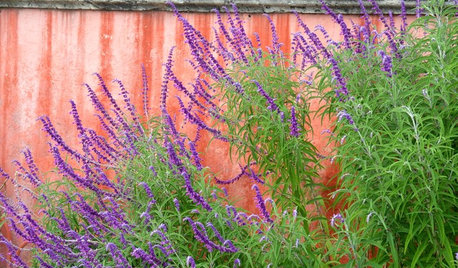
GARDENING GUIDES10 Plants for Colorful Fall Blooms in the Drought-Tolerant Garden
Want fall color but not a big water bill? Consider these not-too-thirsty fall bloomers
Full Story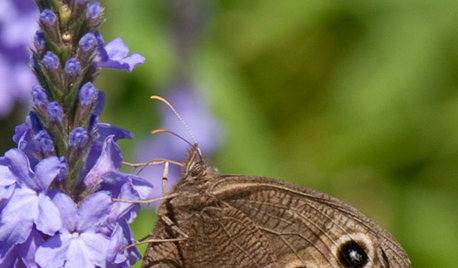
GARDENING GUIDESGreat Design Plant: Verbena Stricta Tolerates Tough Spots
With its subtle beauty and long-lasting flowers, this pollinator pleaser is a boon to wilder areas
Full Story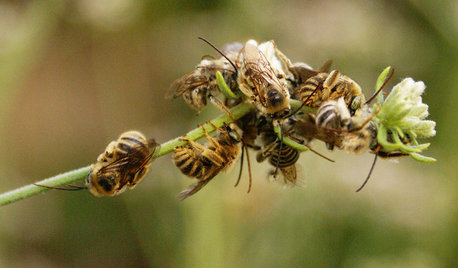
GARDENING GUIDESGreat Design Plant: California Buckwheat Pleases Pollinators
Beneficial insects go wild for this drought-tolerant plant’s summer flowers, while seed heads feed critters foraging in the cold
Full Story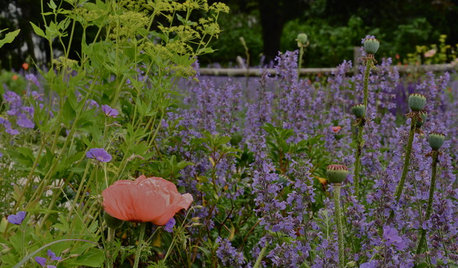
GARDENING GUIDESGreat Design Plant: Walker's Low Catmint
Prolific purple blooms, fragrant leaves, and cold-hardiness makes this a go-to plant for almost any garden
Full Story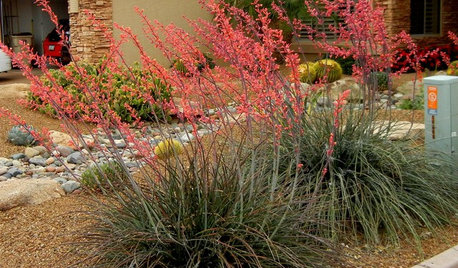
GARDENING FOR BUTTERFLIESGreat Design Plant: Red Yucca Spikes Dry Spots With Color
Neither heat nor cold nor lack of water fazes this flowering succulent, which adds spiky texture to Southwestern landscapes
Full Story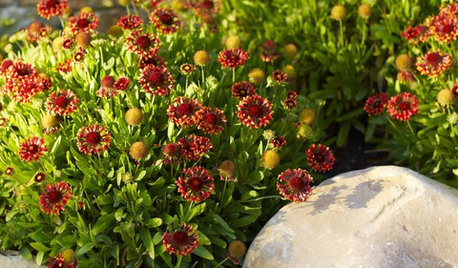
GARDENING FOR BUTTERFLIESGreat Design Plant: Blanket Flower Brings Year-Round Cheer
It's irresistible to wildlife, but this wildflower's drought tolerance, copious blooms and versatility draw human fans too
Full Story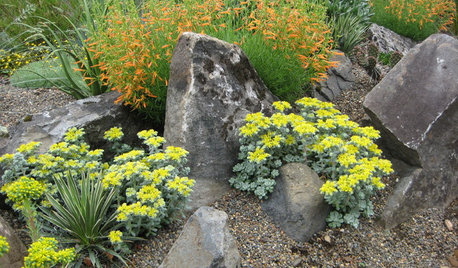
GARDENING GUIDESGreat Design Plant: Broadleaf Stonecrop (Sedum Spathulifolium)
If you want showy flowers and drought tolerance, this succulent is right up your zone-5 alley
Full StoryMore Discussions






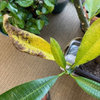
jandey1
tdogdad
Related Professionals
Lowell Landscape Architects & Landscape Designers · Goodyear Landscape Contractors · Tempe Landscape Contractors · Brooklyn Park Landscape Contractors · Concord Landscape Contractors · Farmington Landscape Contractors · Gaithersburg Landscape Contractors · Wethersfield Landscape Contractors · Wheat Ridge Landscape Contractors · Winchester Landscape Contractors · Northlake Landscape Contractors · Lombard Siding & Exteriors · Mitchellville Siding & Exteriors · Overland Park Siding & Exteriors · Point Loma San Diego Siding & Exteriorsdesertplumeriasaz
irun5kOriginal Author
josegabriele